The market for indoor lighting for horticultural applications is strong, with lighting for cannabis registering the greatest compound annual growth due to legalization in many parts of the world. According to the market research report “Grow Lights Market… Global Forecast to 2026”, it is projected to grow at a CAGR of 32.2% from USD 1.2 billion in 2021 to USD 4.9 billion by 2026. While researchers determine the best lighting types for superior cultivation, cannabis growers lean toward LED lighting and other forms of indoor grow lights.
According to the “Cannabis Lighting Market Report“, LED usage for cultivating cannabis has increased more than 45% in the past five years. Many lighting specialists have seized the opportunity to serve this burgeoning market, and as a result there are a variety of lighting solutions available. Here we highlight those offered by LED lighting specialists Black Dog, Fluence by Osram, Luxeon from Lumileds and FOHSE.
Black Dog and the phyto-genesis spectrum
Lighting company Black Dog LED is known for developing a lighting spectrum that they call Phyto-Genesis Spectrum. It combines multiple LEDs with discrete spectra to help indoor growers cultivate high-yielding plants. These cannabis lights include ultraviolet (UV) and far-red/near-infrared (IR/NIR) for optimizing photosynthesis and the creation of secondary metabolites.
They have found that the LEDs waste less light than high-intensity discharge as well as other LED lights, which causes the temperatures on leaf surfaces to remain lower, thus enabling a more energy efficient operation because less cooling is needed. The result is a better penetration of the plant canopy, which increases the yields.
Black Dog LED uses UV light in its LEDs for several reasons. UV LEDs do cost more than LEDs in the PAR region of the spectrum. They also are less energy efficient because UV photons are more energetic than PAR photos, so it takes more electricity to create them. But the lighting specialists at Black Dog LED have found that UV lights grow the best plants with excellent canopy penetration using grow lights for weed and other targeted spectrums.
Read the case study about Honey Creek Labs, a cannabis grower that installed the Black Dog LED PhytoMAX-2 1000.
Fluence by Osram
Fluence by Osram designs lighting solutions for controlled environment commercial crop production. The company offers lighting for four different applications: SPYDR for indoor and vertical, VYPR for greenhouse, RAZR for indoor and vertical, and the RAY series for research facilities, vertical farms, or side- or intra-canopy light.
These lighting solutions were developed by researchers and scientists who partner with industry leaders and research institutions to explore photobiology and plant potential. The company recently conducted individual studies with WUR and Texas Original Compassionate Cultivation (TOCC), respectively. In the TOCC study, researchers studied Type I, Type II and Type III cannabis response to broad-spectrum lighting with R values of R4, R6 and R8 under high photosynthetic photon flux density (PPF).
In each case, broad-spectrum R4 generated the most dry weight per plant. For example, in Type I cannabis, PhysioSpec BROAD R4 generated 17% higher yields than the next highest yielding spectral solution, R6. Cannabis grown under broad-spectrum R4 also significantly improved morphology compared to plants cultivated under R6 or R8.
Plants grown under broad-spectrum R4 were free of photobleaching in their upper buds, a development that typically occurs in plants grown with a higher fraction of red light. These findings help further validate the impact of advanced indoor grow lights and optimized cannabis lights.
Luxeon SunPlus
Lumileds introduced the LUXEON SunPlus Line of LEDs back in 2018. These LEDs are designed to provide the color options and high photosynthetic photon flux (PPF) needed to maximize plant growth rate and crop yield of a variety of plants and vegetables. Growers can select specific color points or design a customized spectrum using the industry’s only LEDs specifically engineered for horticulture applications and well-suited for grow lights for weed and cannabis.
The Luxeon SunPlus CoB LEDs offer high PPF density, which offers deep penetration into the plant canopy. The Purple (12.5% Blue) provides the right amount of PPF in the blue wavelength, in addition to getting PPF in the red wavelength. The SunPlus 35 is designed for applications where lights are placed a short distance from the plant canopy, such as in vertical farming.
These LEDs offer a lower photon output per emitter, allowing for excellent uniformity. It combines deep red and blue spectra on a single chip. The SunPlus 20 LEDs incorporate a single focal height and a variety of colors that are tunable.
FOHSE
FOHSE is a relative newcomer to horticultural lighting. Launched in 2015, the founders set out to build an LED grow light that would match and surpass the capabilities of any cannabis lighting. FOHSE has innovated lighting with LED intensity that captures and redirects light to a target destination to consistently produce the highest quality yields.
The company has met with great success, experiencing a 350% increase in revenue from 2018 to 2019, 447% for the years 2019–2020, and they’re on target to end this year with a 510% revenue increase. Clearly the plan is working.
The FOHSE A3i is a prime example of lighting from FOHSE. The 1500W light is designed for high yields. It uses thousands of diodes from industry leading diode manufacturers. Its swiveling light bars achieve excellent penetration of the canopy via cross illumination.
The A3i uses FOHSE’s patent pending thermal management for cooling the diodes, resulting in what FOHSE calls “some of the best photosynthetic photon efficiency of any LED grow light in the world.” Their innovations are redefining standards in cannabis lights and indoor grow lights.
Opportunity continues
There appears to be no end in sight to the growth of the cannabis growing market. According to a recent report by Grand View Research, the global legal marijuana market size was valued at USD 9.1 billion in 2020 and is expected to expand at a compound annual growth rate (CAGR) of 26.7% from 2021 to 2028. Opportunities will remain strong in this burgeoning market for lighting designers, optical component and diode manufacturers, and more—especially those focused on grow lights for weed and advanced indoor grow lights.
Written by Anne Fischer, Editorial Director, Novus Light Technologies Today

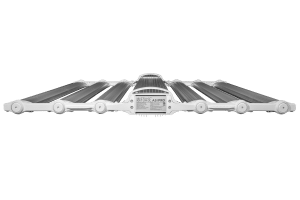

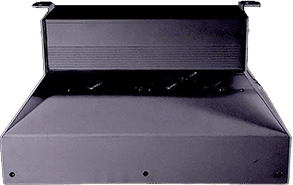

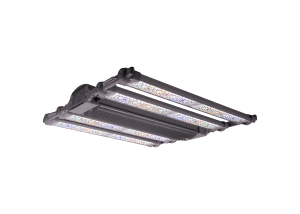


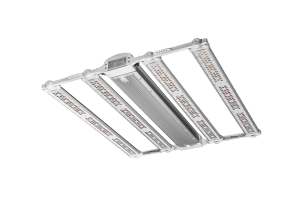
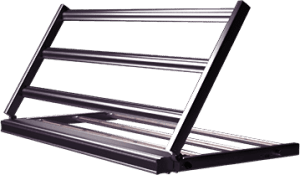
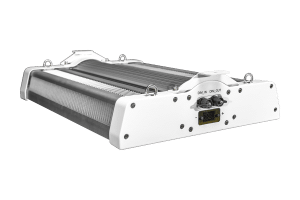
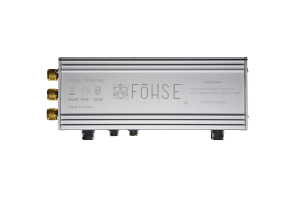



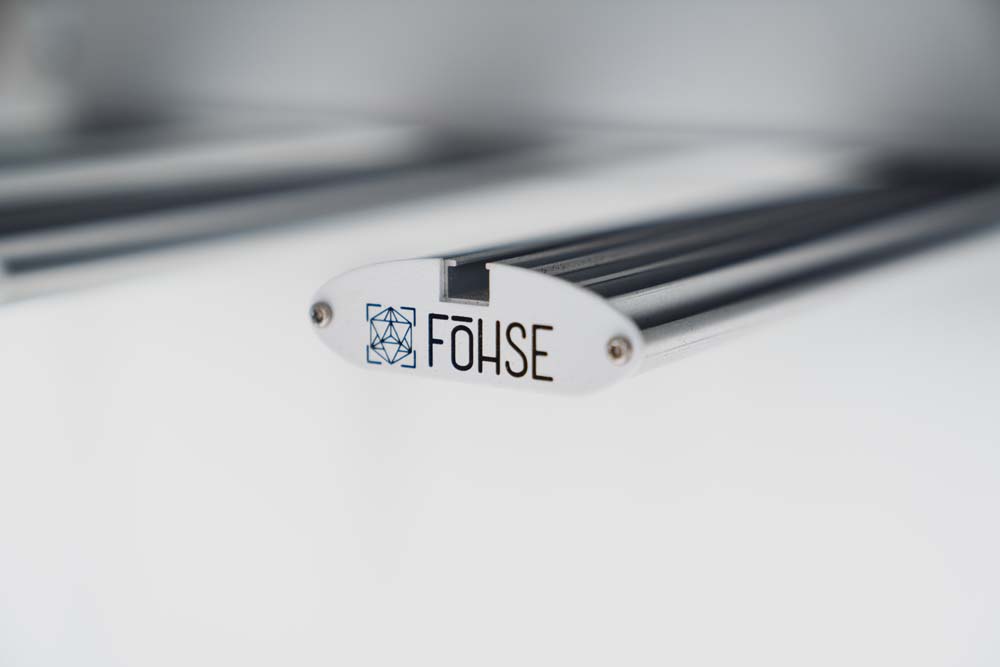
![134.5 grams/sq ft ? | Lume Cannabis Client [HIGH]LIGHT ?](https://resources.fohse.com/wp-content/uploads/2021/12/lumehighlight2021.webp)
![Client [HIGH]💡 | TruInfusion | F1V](https://resources.fohse.com/wp-content/uploads/2023/10/Fohse-Tru-Infusion-19.jpg)
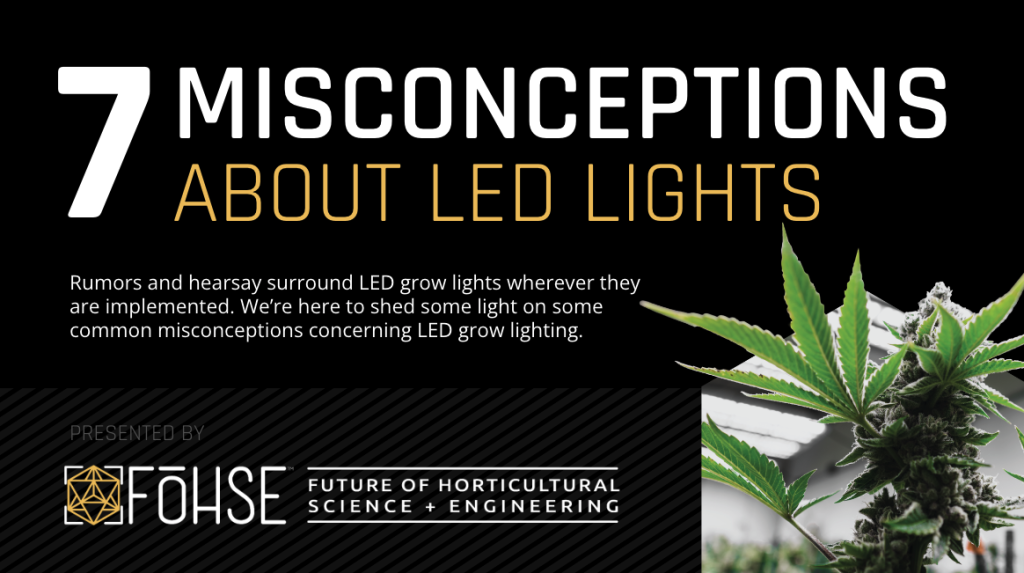
![High Efficiency, Increased Yields | Perfect Harvest [HIGH]LIGHT 💡](https://resources.fohse.com/wp-content/uploads/2023/01/maxresdefault-1024x576.webp)
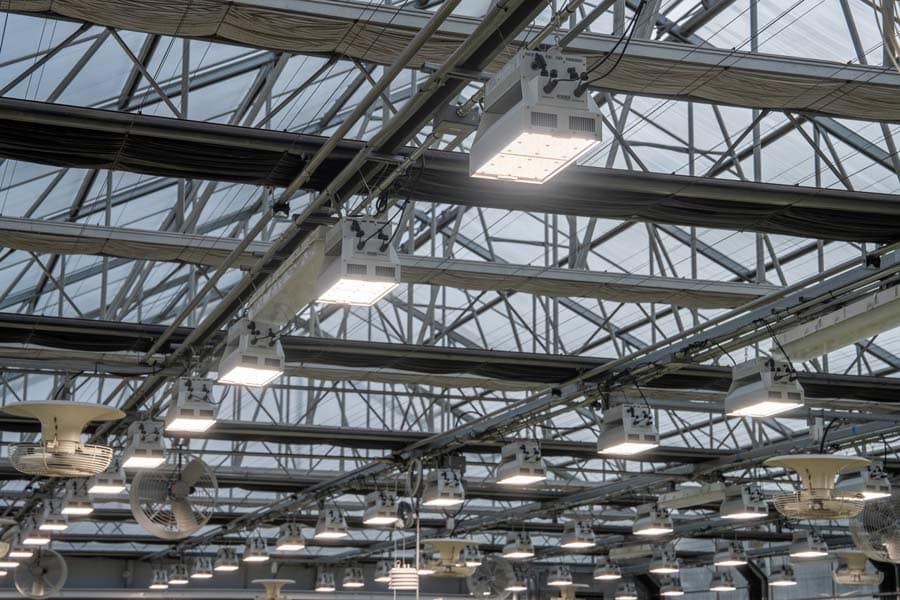
![“If You’re Going To Go BIG, Go FOHSE!” – Belushi’s Farm CULTIVATION [HIGH]LIGHT](https://resources.fohse.com/wp-content/uploads/2022/03/BELUSHIS-FARM-CLIENT-HIGHLIGHT-1024x576.png)